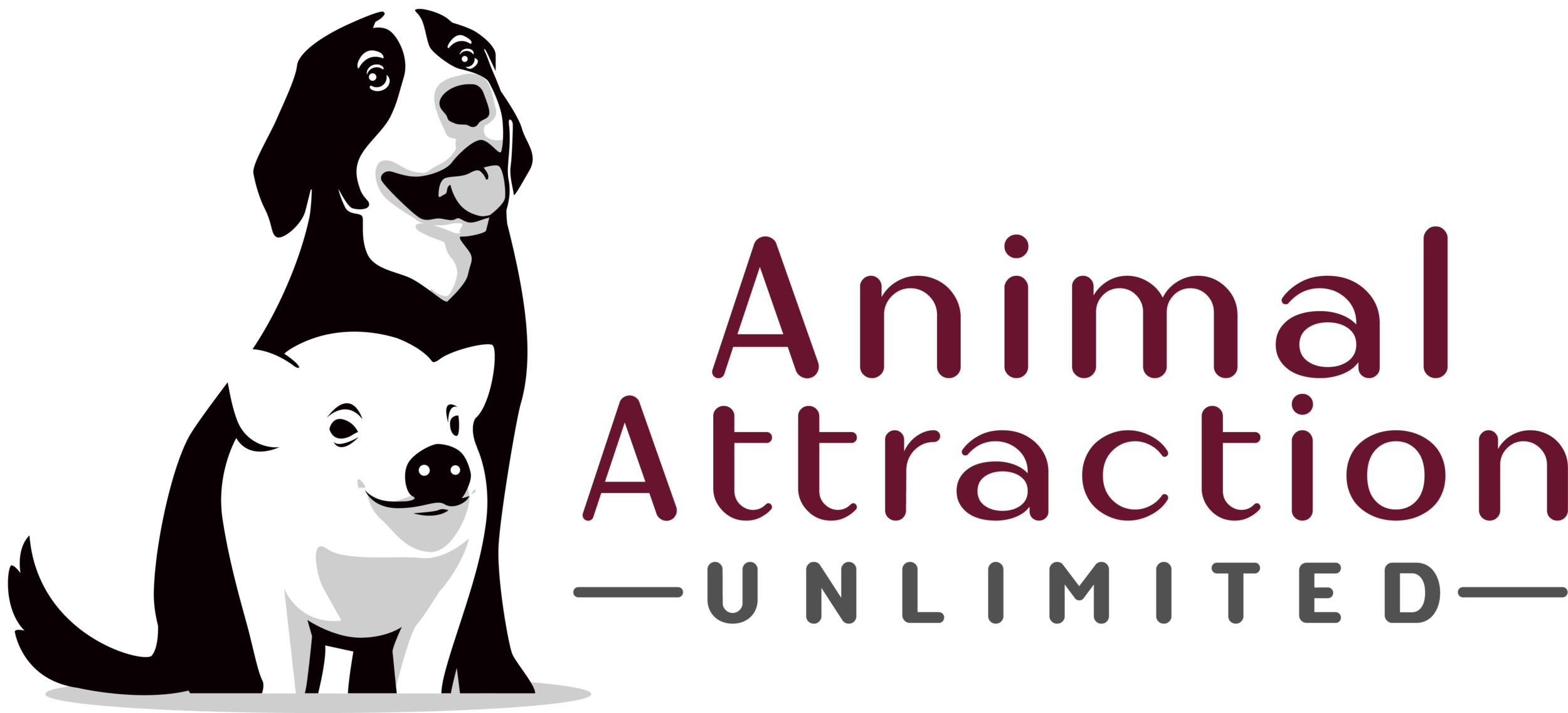Dog Rough Play: When to Intervene for Safe Dog Interactions - Pt. 2
Decoding Dog Play: What's Fun and What's a Fuss?
Ever watch your dog romp with another and wonder if what you're seeing is healthy play or a brewing battle? You're not alone! In an insightful podcast featuring experienced dog trainers Laura Bourhenne and Kim Rinehardt, they delve into the nuances of dog play, offering valuable guidance on what to encourage and what to interrupt.
They kick off by tackling some common play behaviors that can often escalate into trouble. Laura shared her rule of thumb: no standing on hind legs during play. While it might look cute, this posture can quickly lead to one dog gaining a dominant advantage, often sparking conflict. Kim wholeheartedly agreed, emphasizing that this behavior is generally unacceptable, save for those rare, well-matched playmates.
A key takeaway was the importance of give-and-take in play. If one dog consistently controls the game, making "nasty sounds" and not allowing the other to participate equally, it's a red flag. Healthy play involves both dogs having their turns and respecting each other's boundaries.
Chasing games are a staple of doggy fun, and Laura shared an anecdote about her dog Chip's enjoyable chase sessions. Kim clarified that chasing is fine as long as both dogs are willing participants. The moment the chased dog seems stressed or the play becomes too intense and loud, it's time to step in. Recognizing the subtle shifts in play sounds can be crucial in preventing escalation. Kim even shared a practical tip of disengaging herself to diffuse a tense ball-chasing scenario.
Interrupting play might feel counterintuitive, but it's a vital skill for any dog owner. Kim highlighted the need to stop play when a dog starts targeting another dog instead of the toy. Laura echoed this, mentioning her positive reinforcement strategy of rewarding dogs for staying close and not engaging in unwanted chasing. Kim further elaborated on teaching a "stay" command during ball play, ensuring all dogs get a turn without triggering unwanted chases.
Both Laura and Kim strongly cautioned against play involving grabbing legs or flank grabbing. These behaviors can be painful, potentially disabling, and are often precursors to a fight. Vigilant monitoring is crucial, especially when dogs of different sizes are interacting.
Speaking of size differences, Laura and Kim talk about the importance of managing play between large and small dogs. Laura shared a heartwarming example of her larger dog, Magic, lying down to match the energy and size of a West Highland Terrier. This demonstrated the kind of considerate play we should encourage. However, they both stressed the need for close supervision in these interactions to prevent accidental injuries. Kim even recalled a daycare rule: avoid playing above the knee with dogs below the knee – a practical guideline to minimize risk.
Beyond specific behaviors, the trainers emphasized the critical skill of recognizing signs of stress in dogs. Tense bodies, dilated eyes, and stress wrinkles are all indicators that a dog is uncomfortable and the play might be heading south. While a relaxed, open-mouthed "smile" is a sign of happiness, true stress manifests as facial tension and those tell-tale wrinkles. Learning to read these subtle cues is paramount in preventing conflicts.
The conversation also touched upon the complexities of managing play in large groups. Kim warned that high-pitched noises can trigger negative reactions, and a yelp of pain can, unfortunately, signal vulnerability to other dogs. Laura shared her experience managing a large pack with strong verbal control but underscored the constant need for careful observation. They both agreed that timid and bully-type dogs require particularly mindful management in group settings.
Ultimately, they stressed the importance of recognizing early signs of tension, such as a high, stiff tail. This posture can indicate nervousness and warrants intervention to de-escalate the situation. The goal is to bring the dogs back to a neutral, calm state. Kim aptly put it: be proactive in managing play to prevent misunderstandings that can lead to fights.
In conclusion, Laura and Kim offered invaluable insights into the world of dog play. By understanding which behaviors to limit, how to recognize healthy interactions, and crucially, when to intervene, we can help our furry companions enjoy safe and positive play experiences.
If you enjoyed this podcast, please rate and review it!
Have questions? Reach out via their Facebook page.
Remember, knowing your dog's individual play style and paying close attention to their interactions are the best tools you have in ensuring happy and harmonious playtime.
